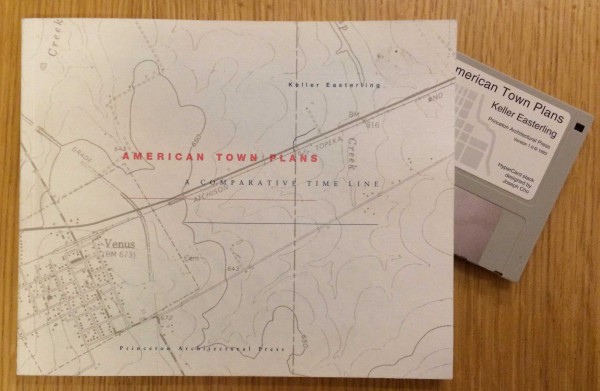Organization Space: Landscapes, Highways, and Houses in America
MIT Press — 2001
Purchase at Amazon.com
The dominant architectures in our culture of development consist of generic protocols for building offices, airports, houses, and highways. These organizational formats are not merely the context of design efforts—they are the design. Bridging the gap between architecture and infrastructure, Organization Space: Landscapes, Highways, and Houses in America views architecture as part of an ecology of interrelationships and linkages, and it treats the expression of organizational character as part of the architectural endeavor. The book also makes the case that these organizational formats are improvisational and responsive to circumstantial change, to mistakes, anomalies, and seemingly illogical market forces.
By treating these irregularities opportunistically, Organization Space offers architects working within the customary development protocols new sites for making and altering space. The book introduces the word "protocol" into architectural locution and exercises the idea of protocols as a form within which to operate. By showing the reciprocal relations between systems of thinking and modes of designing, the book establishes unexpected congruencies between natural and built environments, virtual and physical systems, highway and communication networks, and corporate and spatial organizations.
Organization Space considers site not in terms of singular entities, but in terms of relationships between multiple sites that are both individually and collectively adjustable.
The book uses contemporary network theory to investigate 20th century American infrastructure. It looks at: 1) landscape as economic and transportation infrastructure through the work of Benton MacKaye; 2) the cultural and legislative history of intermodality and the Interstate Highway system; and 3) the logistical formats for Post War housing development.











